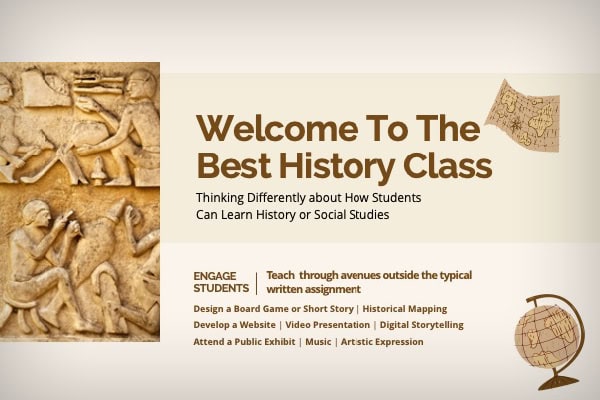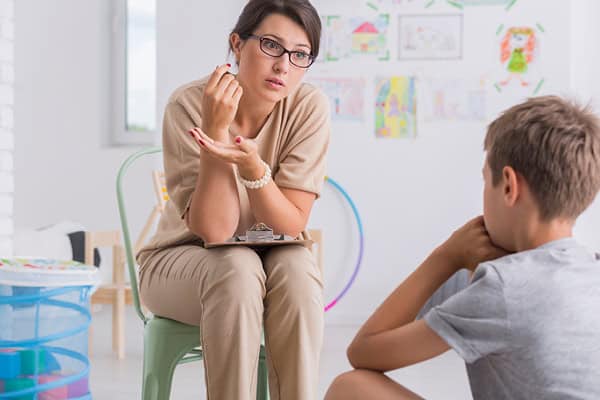The subject of history can often evoke imagery of dusty tomes sitting in darkened basement stacks, according to an article in K-12 Dive. Educators can help students look at the numerous creative ways humans have documented history, seek out and examine artifacts of time in all their forms, and even consider how they will create their own.
As history has been told through far more than written stories — dating back to before the written word existed — Brendan Gillis encourages educators to think differently about how students can document their learning in a history or social studies class.
The director of teaching and learning for the American Historical Association advises teachers to adopt creative lessons and assessments, including what he and some colleagues have called the “un-essay.” This approach allows students to apply what they’ve learned through avenues outside the typical written assignment, such as designing a board game or a short story.
“The un-essay is built around analytical skills that we want to encourage in our students, but that allow them to be freer about how they want to express themselves,” says Gillis.
Educators can widen the door in how students showcase their learning by allowing them to create something to show what they know beyond a traditional assessment, such as historical mapping, a website, any video presentation, or any digital storytelling.
Educators can also give students a way to make their work open to a wider audience — perhaps through a public exhibition — and provide classes a way to bring more engagement and dialogue to their projects.
History is nothing if not the telling of stories. That’s why Lawrence Paska, executive director of the National Council for the Social Studies, says that having students understand how people share stories — and the voices allowed to tell them — is another way to help learners understand historical narratives.
He reminds educators that stories can take more forms than the written word. History, for example, can be told through music, films and other artistic expressions. Paska encourages teachers to look for cross-curricular opportunities and weave these into their history and social studies curriculum.
“Partner with the art and music teacher if teaching a concept in a world history class, to look at the background of historical expression over time,” Paska says.
Other partners can be found outside the school walls and through local organizations, such as historical societies or institutions in a neighborhood or town.
The key is to use an approach that helps students start talking about the past and find an “in,” to help them think about what they can learn and glean from it.
Students tend to think about history in a textbook, and as dry and boring. History is about thinking and interpretation. Educators can help students find connections to different things, and to things they already care about.
K-12 Dive





